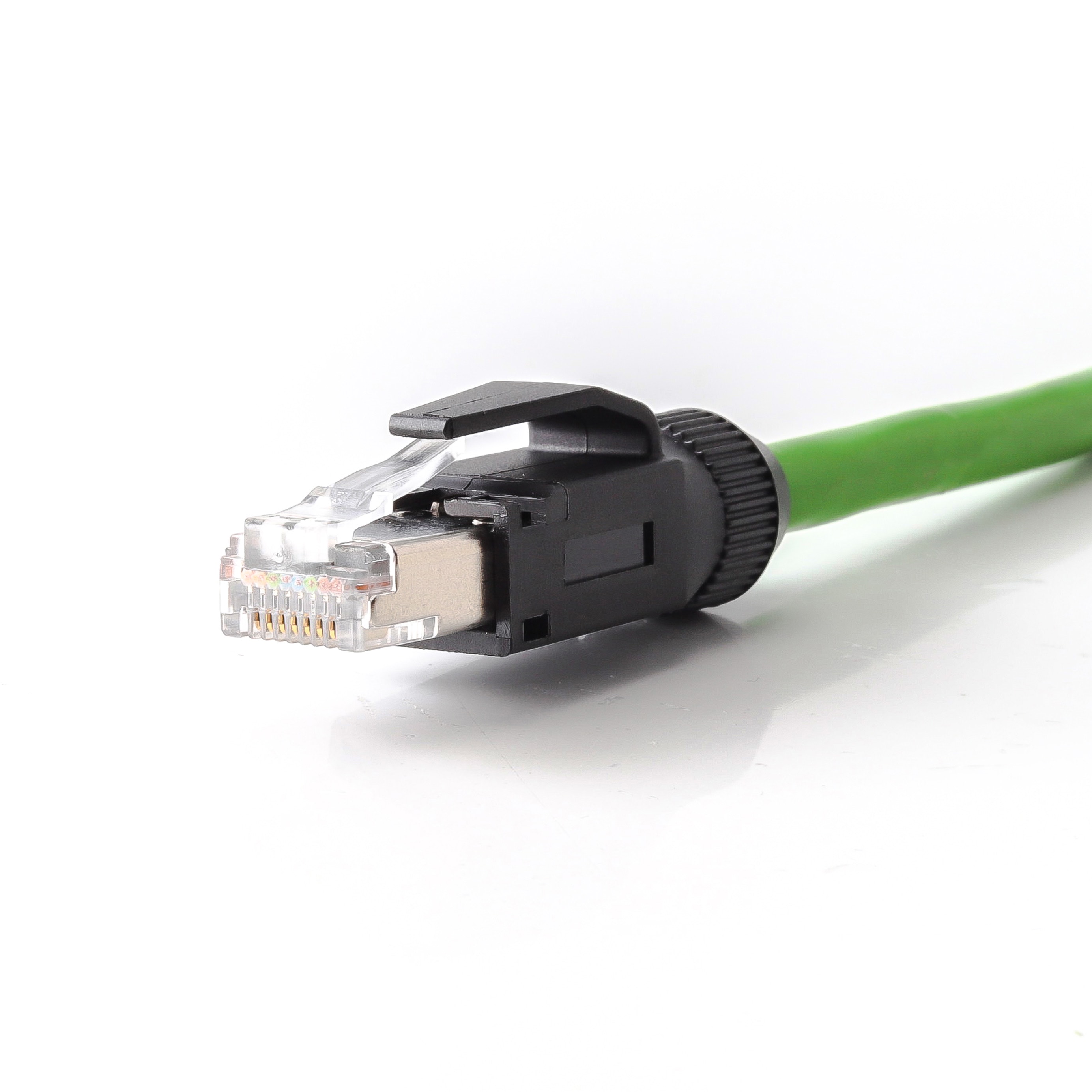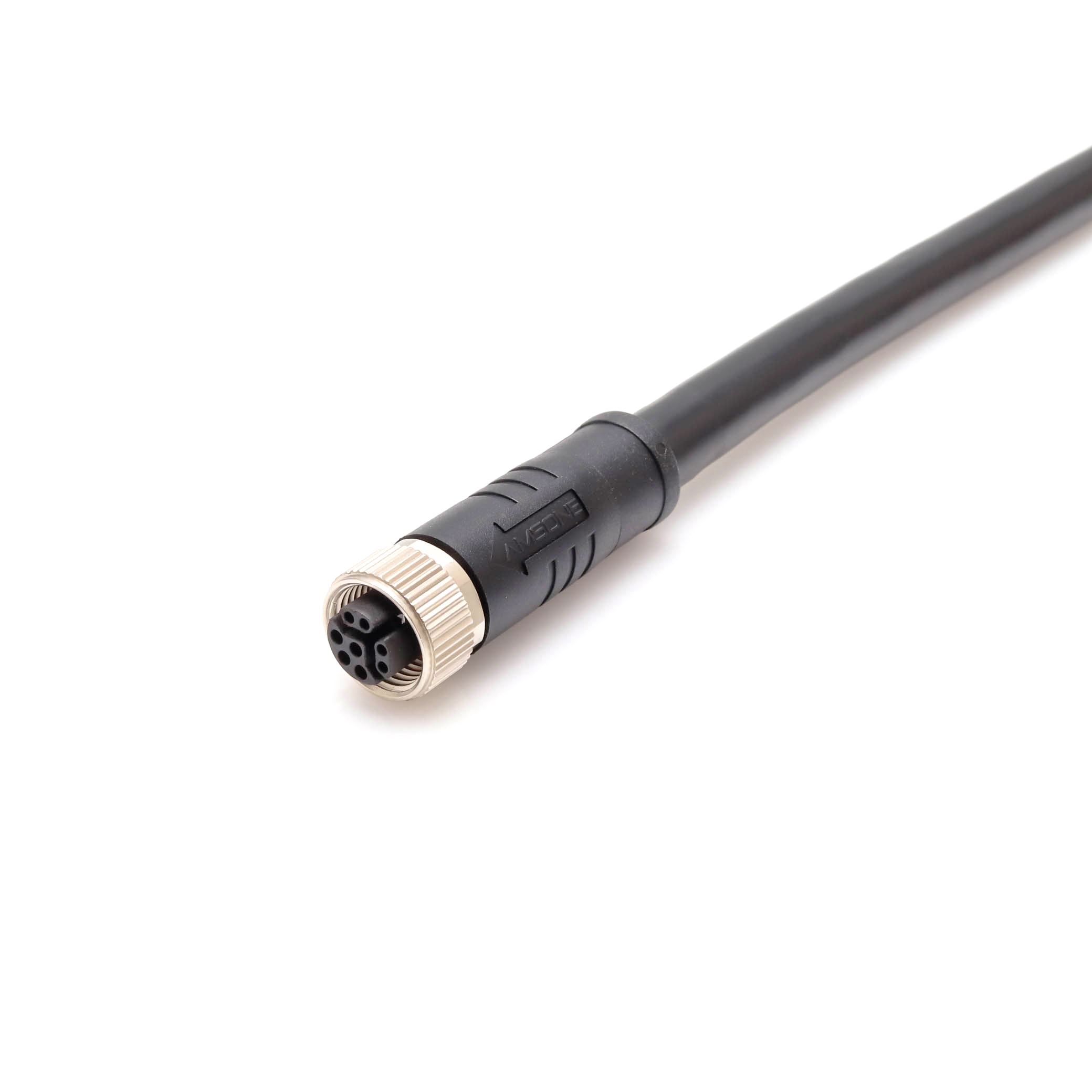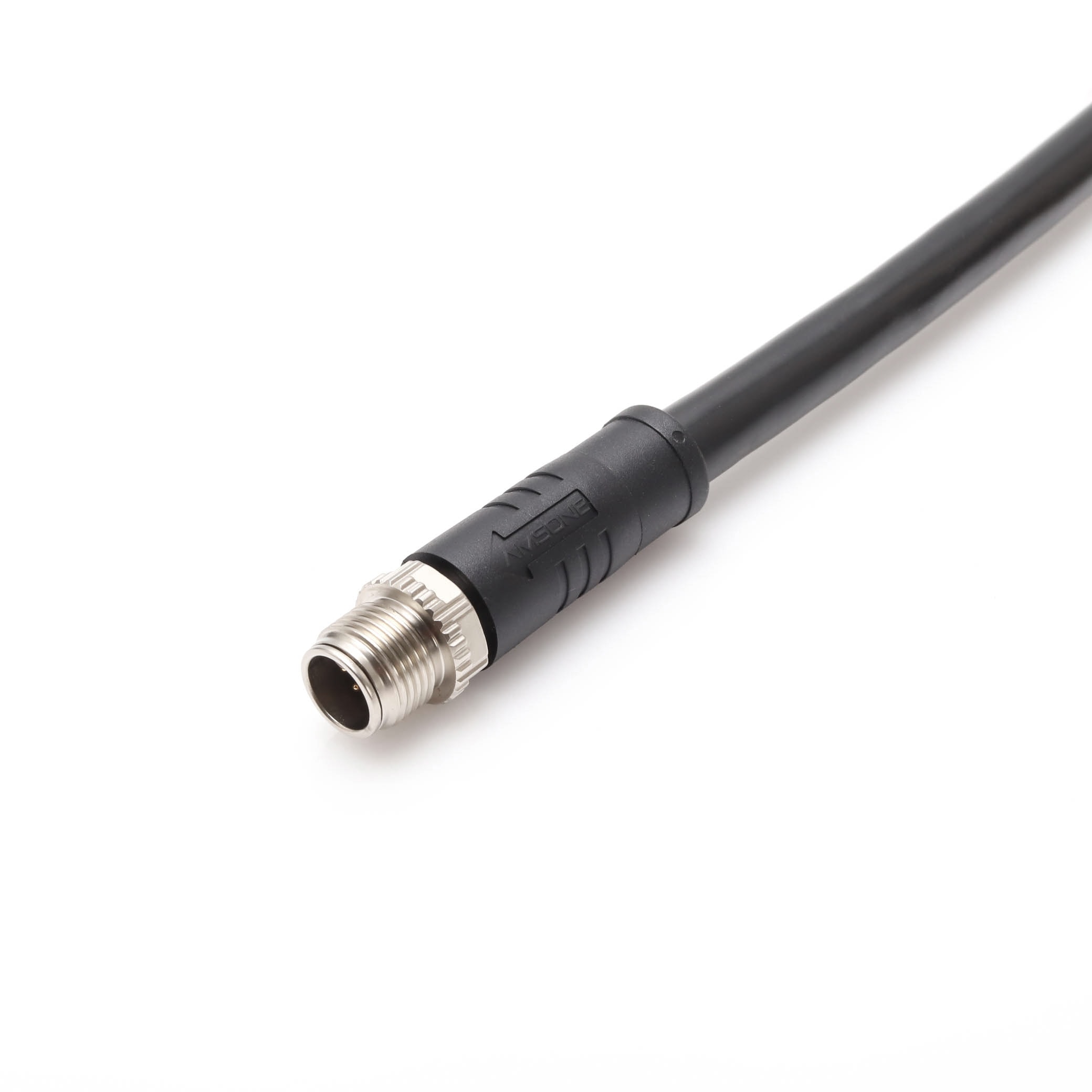In today's fast-paced digital world, a stable and high-speed internet connection is essential for both personal and professional use. One of the most important but often overlooked components of any wired network is the Ethernet cable.
Choosing the right Ethernet cable can significantly impact your network’s performance, including speed, reliability, and future-proofing. This guide will walk you through everything you need to know about Ethernet cable categories — from the basics to how to choose the best one for your needs.
Why Ethernet Cable Choice Matters
Many people assume that all Ethernet cables are the same. However, different cable categories (Cat5e, Cat6, Cat6a, etc.) have varying specifications in terms of speed, bandwidth, shielding, and maximum transmission distance.
Using an outdated or unsuitable cable can limit your network performance, even if your router or switch supports higher speeds. On the other hand, choosing the right cable ensures optimal data transfer, reduces latency, and provides room for future upgrades.

Basic Structure of Ethernet Cables
An Ethernet cable is made up of several key components that work together to ensure reliable data transmission. It typically contains four twisted pairs of copper wires, which help reduce interference between the pairs. Each wire is insulated and twisted with its pair to improve signal integrity. Many cables also include a shielding layer (such as foil or braided mesh) to protect against electromagnetic interference, especially in busy electrical environments. The entire bundle is wrapped in a durable outer jacket, which provides physical protection and determines the cable’s fire safety rating. This structure balances performance, flexibility, and durability, making Ethernet cables ideal for stable, high-speed networking.
Understanding Ethernet Cable Categories
Here’s a breakdown of the most commonly used Ethernet cable standards:
Cat5e
Speed: Up to 1 Gbps
Bandwidth: 100 MHz
Max Distance: 100 meters
Use Case: Home networks, small offices
Pros: Affordable, widely available
Cons: Not ideal for high-demand applications
Cat5e is still widely used due to its low cost and compatibility with most home routers. It’s suitable for basic internet usage like browsing, streaming, and online gaming.
Cat6
Speed: Up to 10 Gbps (up to 55 meters)
Bandwidth: 250 MHz
Max Distance: 100 meters at 1 Gbps
Use Case: Small businesses, gamers, smart homes
Pros: Better performance than Cat5e, good value
Cons: Limited 10G support over short distances
Cat6 improves on Cat5e by offering better shielding and higher bandwidth. It’s a solid choice for users who want better performance without paying for premium cables.
Cat6a
Speed: Up to 10 Gbps
Bandwidth: 500 MHz
Max Distance: 100 meters
Use Case: Offices, surveillance systems, PoE devices
Pros: Full 10G support, better noise resistance
Cons: More expensive and less flexible than Cat6
Cat6a is currently the best balance between performance and practicality. It supports 10 Gbps speeds over full-length cables and is ideal for environments that demand high reliability and future-proofing.
Cat7 / Cat7a
Cat7 Speed: Up to 10 Gbps
Cat7 Bandwidth: 600 MHz
Cat7a Speed: Up to 40 Gbps (short range)
Cat7a Bandwidth: 1000 MHz
Use Case: High-end commercial setups
Pros: Excellent shielding, high frequency
Cons: Expensive, non-standard connectors, harder to install
Cat7 cables are fully shielded and designed for specialized environments where EMI is a concern. However, they use non-RJ45 connectors and are not backward compatible with standard ports, making them impractical for most users.
Cat8
Speed: Up to 40 Gbps
Bandwidth: 2000 MHz
Max Distance: 30 meters
Use Case: Data centers, server rooms
Pros: Fastest available, perfect for short-distance connections
Cons: Very expensive, limited use cases
Cat8 cables are built for high-performance computing and data center applications. They’re not necessary for home or office use unless you're connecting high-end networking gear directly.
How to Choose the Right Ethernet Cable
Selecting the best Ethernet cable depends on several factors:
Consider Your Needs
Home Use: Cat5e or Cat6 is usually enough.
Gaming & Streaming: Cat6 or Cat6a ensures smoother performance.
Business Networks: Cat6a is recommended for long-term reliability.
Surveillance Systems: Cat6a supports PoE++ for advanced cameras.
Data Centers: Cat6a or Cat8 for high-speed backbones.
Think About Future-Proofing
Technology evolves quickly. Investing in Cat6a now can prevent the need for re-cabling in just a few years when faster speeds become more common.
Check Device Compatibility
Make sure your switches, routers, and network adapters support the speed and frequency of the cable you choose.
Balance Cost and Performance
Higher-category cables offer better specs but come at a higher price. Don’t overspend if your current setup doesn’t require it.
Installation Environment
In areas with electrical equipment or interference, choose shielded cables like Cat6a or Cat7.
For tight spaces or easy installation, Cat6 may be more flexible than thicker Cat6a cables.
Common Myths and FAQs
Is a higher-numbered cable always better?
Not necessarily. While higher categories offer better specs, they may not be needed for your specific use case. Cat8 offers ultra-fast speeds but only works well in short runs — making it overkill for most users.
Do all Cat6 cables support 10 Gbps?
Only up to 55 meters. Beyond that, speeds drop to 1 Gbps. If you need full 10G support across longer distances, go for Cat6a.
Should home users buy Cat7?
For most households, no. Cat7 is more expensive, harder to install, and doesn't offer significant benefits over Cat6 or Cat6a.
Are thicker cables always better?
Thicker cables often mean better shielding and durability, but they also have larger bend radii and can be harder to route through walls or tight corners.
Choosing the Right Cable Jacket
The outer jacket of an Ethernet cable affects both fire safety and installation suitability. Here are the main types:
Jacket Type | Description | Best For |
CM | Standard residential/commercial use | Homes, general use |
CMR | Riser-rated, for vertical installations | Multi-story buildings |
CMP | Plenum-rated, safe for air-handling spaces | Office ceilings and ducts |
CMX | Outdoor-rated cables | Outdoor use |
Always check local building codes before installing Ethernet cables in commercial settings.
Summary: Which Cable Should You Buy?
Choosing the right Ethernet cable depends on your specific networking needs, budget, and future expansion plans. For most home users, Cat5e or Cat6 cables are more than sufficient for everyday tasks like streaming, gaming, and general browsing. If you're setting up a gaming PC or a NAS storage system, upgrading to Cat6a can provide better speed stability and lower latency. In business environments, especially those using IP cameras, VoIP phones, or PoE-powered devices, Cat6a is highly recommended due to its support for higher bandwidth and improved power delivery over long distances. For data centers or high-performance computing setups, Cat8 offers ultra-fast speeds but only works well over short distances, making it ideal for server racks and switch connections. Always ensure compatibility with your network hardware and consider future-proofing when making your choice.
Scenario | Recommended Cable |
Home Internet | Cat5e or Cat6 |
Gaming / NAS | Cat6 or Cat6a |
Business Network | Cat6a |
Surveillance System | Cat6a |
Server Room / Data Center | Cat6a or Cat8 |
Industrial / High EMI Environments | Cat6a or Cat7 |
Final Thoughts
Choosing the right Ethernet cable isn’t about picking the highest number — it’s about matching your needs with the right performance level. Whether you're setting up a home network or designing a business infrastructure, understanding cable categories helps you make informed decisions that last.
For most users, Cat6 or Cat6a offers the best combination of speed, cost, and future-readiness. Only consider Cat7 or Cat8 if you work in specialized environments that truly require their capabilities.
Remember: A great network starts with the right foundation — and that begins with choosing the right Ethernet cable.
Ready to Connect with Amissiontech?
Whether you need standard industrial connectors or complex, custom-designed cable solutions, Amissiontech Co., Ltd offers a full-service, one-stop manufacturing experience tailored to your exact requirements. With a dedicated R&D center, advanced facilities, and a strong focus on quality, we deliver durable, high-performance interconnection solutions for a wide range of industries.
From concept to mass production, trust Amissiontech to bring your connectivity ideas to life — efficiently, reliably, and with precision.
Contact us today to request a quote or discuss your custom project!

 EN
EN DE
DE JP
JP ES
ES SE
SE FR
FR IT
IT CN
CN 한국어
한국어 ภาษาไทย
ภาษาไทย بالعربية
بالعربية Nederlands
Nederlands Türkçe
Türkçe Język polski
Język polski Tiếng Việt
Tiếng Việt Zulu
Zulu Bahasa Malay
Bahasa Malay


